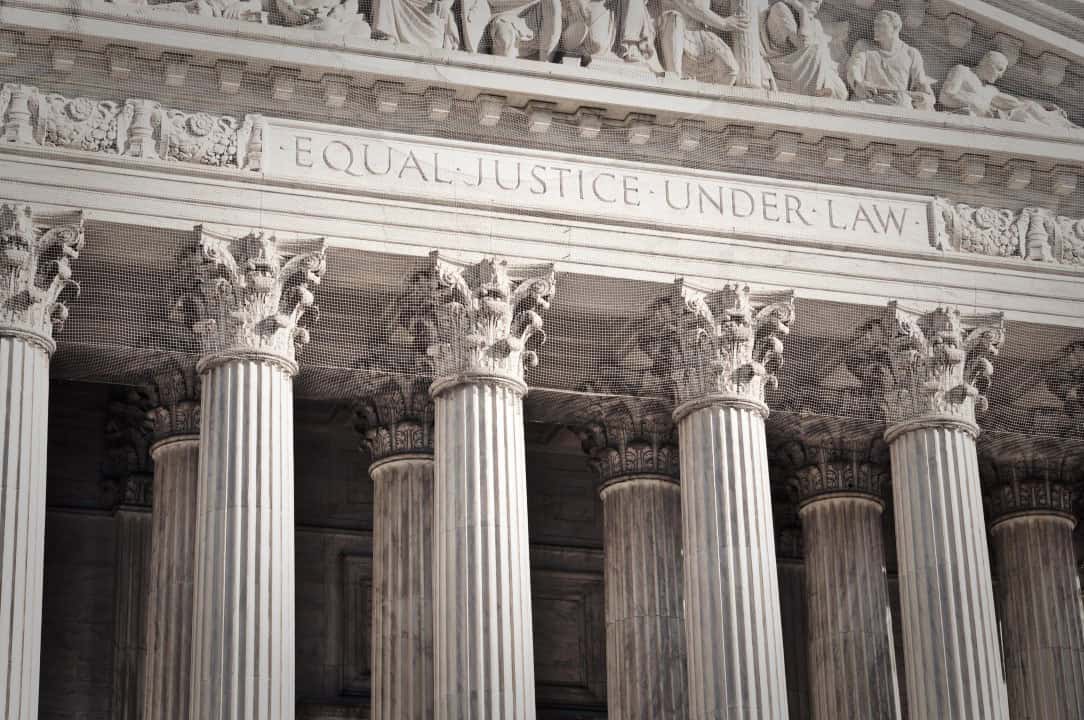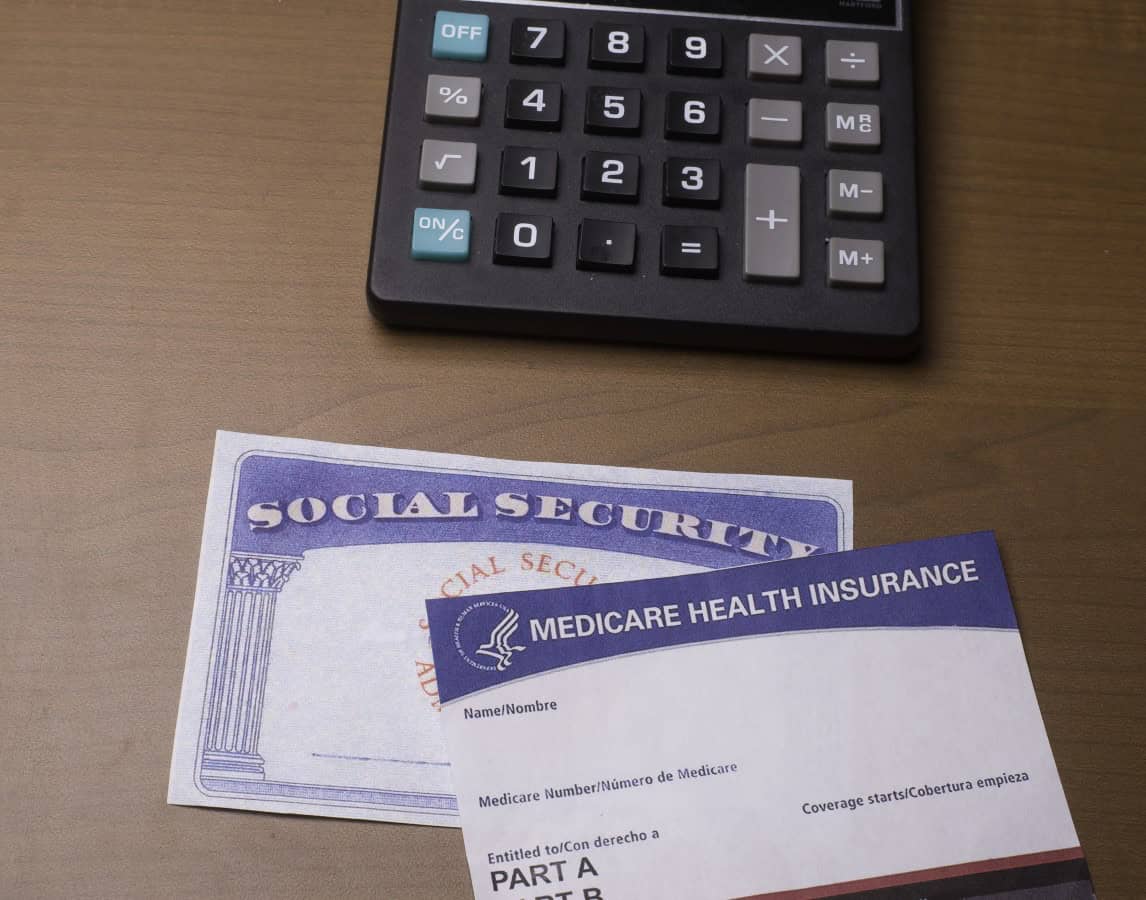Biden’s Student Loan Forgiveness Plan Backfires As Millions Hit With Interest Restart August 1 – Financial Freedom Countdown
The Biden administration’s controversial SAVE student loan plan is officially on life support.
Following multiple court rulings declaring the plan illegal, President Trump’s Education Department is stepping in to restore legal compliance and fiscal sanity.
Beginning August 1, interest will resume on all federal student loans enrolled in SAVE; a plan that Biden promised would cancel debt but instead left millions in financial limbo and taxpayers holding the bill.
Biden’s SAVE Plan Was Built on Sand; and Courts Knew It

When President Biden rolled out the Saving on a Valuable Education (SAVE) Plan in 2023, it was branded as the most affordable student loan program ever.
But behind the branding was a legally dubious strategy to bypass Congress and unilaterally cancel student debt.
Multiple courts saw through it. In July 2024, federal judges blocked the SAVE Plan’s implementation while two GOP-led lawsuits moved forward.
A key ruling from the Eighth Circuit Court in February 2025 confirmed the plan was unlawful, and a district court injunction in April 2025 formally halted further action under SAVE.
U.S. Department of Education Addresses Illegal Biden Administration Actions

In a candid memo, the U.S. Department of Education talks about the action to comply with a federal court injunction that has blocked implementation of the SAVE Plan.
“For years, the Biden Administration used so-called ‘loan forgiveness’ promises to win votes, but federal courts repeatedly ruled that those actions were unlawful. Congress designed these programs to ensure that borrowers repay their loans, yet the Biden Administration tried to illegally force taxpayers to foot the bill instead,” said U.S. Secretary of Education Linda McMahon.
Zero-Percent Interest Forbearance? Not Legal, Either

Despite the court orders, the Biden administration kept borrowers in a 0% interest “litigation forbearance”; a term the Department effectively invented, while telling them they wouldn’t have to make payments.
This political maneuver not only defied court intent but also passed the costs onto taxpayers.
As Education Secretary Linda McMahon noted, “… the Department lacks the authority to put borrowers into a zero percent interest rate status.”
Trump Administration: Interest Restarts August 1

On July 9, the Department of Education under President Trump announced it would finally comply with court rulings and restart interest charges on all loans in the SAVE Plan beginning August 1, 2025.
Borrowers will not be charged retroactive interest, but monthly balances will now begin to grow.
Those who fail to act may see hundreds in interest added each month.
Borrowers Must Transition to a Legal Plan Immediately

Roughly 7.7 million borrowers remain in the SAVE Plan, many of whom believed they were on a path to cancellation.
They are now being urged to move to legal repayment plans; such as the Income-Based Repayment (IBR), Pay As You Earn (PAYE), or Income-Contingent Repayment (ICR) Plans, if they wish to resume making qualifying payments and avoid growing balances.
Borrowers who submitted IDR applications before may not need to reapply, depending on their plan choice.
Borrowers currently in the SAVE Plan who are working toward legal loan discharges; such as through Public Service Loan Forgiveness must transition to a different income-driven repayment (IDR) plan in order for their payments to count toward forgiveness.
Trump Education Department Helps Borrowers Explore Repayment Options

To help borrowers affected by the SAVE Plan ruling, the Education Department under the Trump administration is encouraging those impacted to use the Loan Simulator.
This tool allows borrowers to compare available income-driven repayment (IDR) plans, estimate monthly payments, check eligibility, and choose the option that best aligns with their financial and forgiveness goals.
Backlog and Processing Delays Complicate Switching

Millions of borrowers who tried to switch out of the SAVE Plan have faced slow or stalled application processing.
As of April 30, 2025, nearly 2 million IDR applications were still pending.
While the Trump team is working through the backlog, borrowers are advised to confirm with loan servicers that they are placed in processing forbearance, which still accrues interest but counts toward forgiveness timelines.
Collections Resume; But With a Soft Landing

Collections restarted on May 5, 2025, after a five-year pause.
So far, $282 million has been recovered through voluntary payments and Treasury offsets.
Importantly, no Social Security benefits have been garnished yet.
Administrative wage garnishment will begin later this summer, returning the student loan system to one where repayment is again expected, not optional.
Education Secretary McMahon Urges Borrowers to Transition From SAVE Plan

According to McMahon, remaining in the SAVE Plan prevents borrowers from accessing critical loan benefits and disqualifies their payments from counting toward loan discharge programs established by Congress.
“Since day one of the Trump Administration, we’ve focused on strengthening the student loan portfolio and simplifying repayment to better serve borrowers. As part of this effort, the Department urges all borrowers in the SAVE Plan to quickly transition to a legally compliant repayment plan – such as the Income-Based Repayment Plan. Borrowers in SAVE cannot access important loan benefits and cannot make progress toward loan discharge programs authorized by Congress,” said U.S. Secretary of Education Linda McMahon
Student Loan Advocates Unhappy With Decision

The change in administration has led to confusion, with some advocacy groups accusing the Department of “sucker-punching” borrowers; though courts have repeatedly said the Biden plan was never legal in the first place.
What Happens If You Do Nothing?

Borrowers who don’t act by August 1 will remain in forbearance; but their balances will grow due to accruing interest.
A typical borrower could see an extra $300 per month added to their loan.
These borrowers won’t make any progress toward forgiveness and will face a higher debt load when payments inevitably resume.
Trump’s “One Big Beautiful Bill” to Launch New Repayment Option by 2026

President Trump’s newly signed One Big Beautiful Bill Act includes a key education reform: the creation of a new income-based Repayment Assistance Plan (RAP), set to begin by July 1, 2026.
RAP will replace legacy plans like PAYE and ICR, which will be sunset by July 2028.
Until RAP goes live, the Department encourages borrowers to use the IBR Plan authorized under the Higher Education Act as a temporary legal option.
Only Two Repayment Plans Will Remain After 2028

Trump’s One Big Beautiful Bill streamlines repayment by sunsetting the ICR and PAYE plans by July 2028. After that, borrowers will be placed in either the standard repayment plan or the new Repayment Assistance Plan.
The Department is encouraging SAVE enrollees to preemptively switch to IBR now, rather than wait and risk being automatically reassigned.
Final Warning: Biden’s Broken Promises Won’t Protect You from Interest

The Biden Administration used student loan promises to score political points, but it’s the courts and now the Trump Administration that are restoring fiscal responsibility.
“The Trump Administration will support borrowers in selecting a new, legal repayment plan that best fits their needs and helps them get on a sustainable financial path while protecting American taxpayers,” said U.S. Secretary of Education Linda McMahon.
With interest restarting and debt balances set to grow, SAVE borrowers have a short window to avoid disaster. Trump’s Education Department is offering a path forward, but the time to act is now.
Student loan borrowers are advised to read the entire U.S. Department of Education memo and plan their next steps.
Like Financial Freedom Countdown content? Be sure to follow us!
Retirement Dreams on Hold as 73% of the Sandwich Generation Support Parents and Adult Kids, Survey Finds

If you’ve ever flown on a plane, you know the drill: “Put your own oxygen mask on first before assisting others.” It’s easy advice to hear, but much harder to live by — especially if you’re caring for aging parents and supporting children. Welcome to life in the sandwich generation. Many people in their 40s and 50s face this dual responsibility right when their own retirement savings should be hitting full speed. A new survey conducted by Athene of the Sandwich Generation, found that nearly three quarters (73%) of respondents have adjusted their retirement goals to support their adult children or aging relatives, including: – Delaying retirement (34%) – Using retirement assets to support their family (22%) – Not planning to retire at all (9%) If you’re feeling squeezed from both sides, you’re not alone. Here’s what you need to know to survive and thrive during this overwhelming phase of life.
Treasury I Bond Rates Increases from 3.11% to 3.98% – But with a 1.1% Fixed Rate Locked for 30 Years, Is It Still a Smart Investment?

Inflation has become a significant concern. During the past three years of surging inflation, I bonds offered a safe and attractive investment option. However, with recent lower CPI numbers, the current composite rate for I bonds bought after May 1, 2025 will be 3.98%. The rate has slightly increased from the prior 3.11% but is a sharp decline from the enticing 9.62% annual rate available in May 2022 or even the 4.28% available for bonds purchased before October 31st, 2024. As rates decrease, investors are now considering whether it’s still worth buying Series I bonds.

While singles may have fewer Social Security filing options than married couples, smart planning around when to claim benefits can pay off for anyone, including those flying solo.
Maximize Your Benefits: Essential Social Security Strategies for Singles

Did you find this article helpful? We’d love to hear your thoughts! Leave a comment with the box on the left-hand side of the screen and share your thoughts.
Also, do you want to stay up-to-date on our latest content?
1. Follow us by clicking the [+ Follow] button above,
2. Give the article a Thumbs Up on the top-left side of the screen.
3. And lastly, if you think this information would benefit your friends and family, don’t hesitate to share it with them!

John Dealbreuin came from a third world country to the US with only $1,000 not knowing anyone; guided by an immigrant dream. In 12 years, he achieved his retirement number.
He started Financial Freedom Countdown to help everyone think differently about their financial challenges and live their best lives. John resides in the San Francisco Bay Area enjoying nature trails and weight training.
Here are his recommended tools
Personal Capital: This is a free tool John uses to track his net worth on a regular basis and as a retirement planner. It also alerts him wrt hidden fees and has a budget tracker included.
Platforms like Yieldstreet provide investment options in art, legal, real estate, structured notes, venture capital, etc. They also have fixed-income portfolios spread across multiple asset classes with a single investment with low minimums of $10,000.




